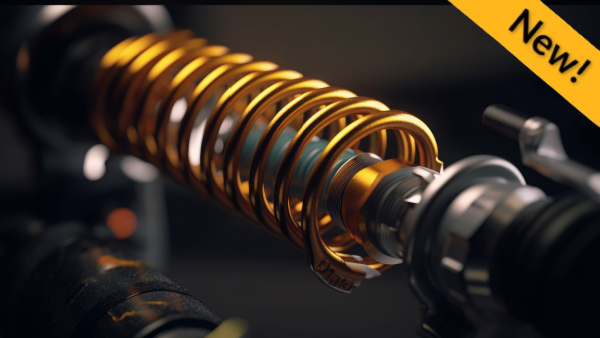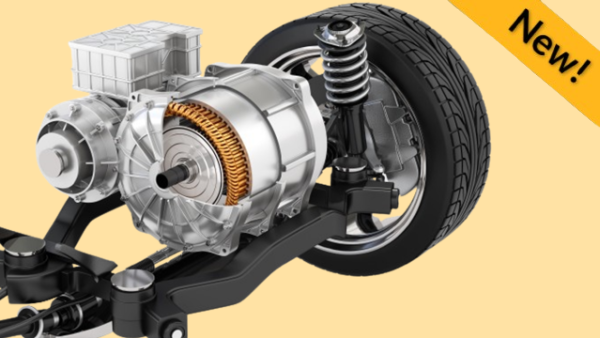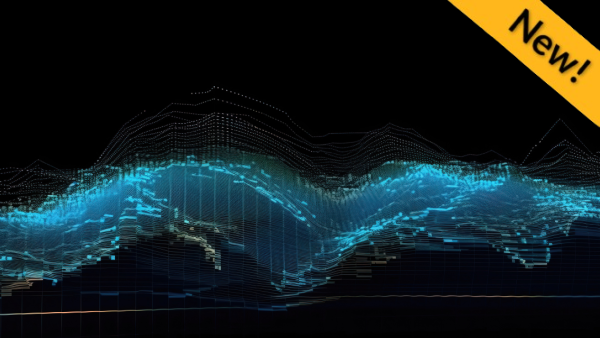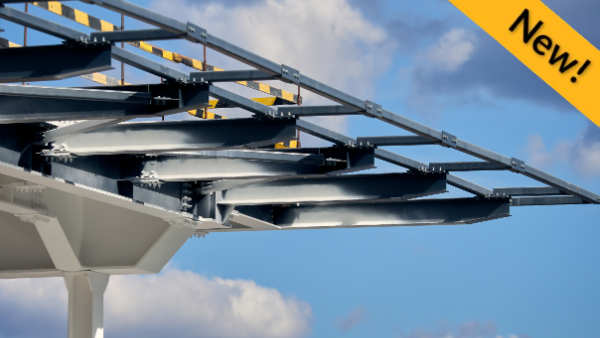![]() Most of the vibrating structure are nonlinear in nature. But for simplification of the analysis they have been considered to be linear. Hence, to actually know the response of the system one should study the nonlinear behavior of the system. Here one may encounter multiple equilibrium points or solutions which may be stable or unstable. The response may be periodic, quasiperiodic or chaotic. The present course is a simulation based course where one can visualize the response of different mechanical 4 systems for different resonance conditions. Out of 9 modules, first 8 modules are on developing the equations of motion, solution procedure of these equations and application of them to general single and multi-degree of freedom systems.
These courses have been developed by Prof. S.K. Dwivedy from IIT Guwahati for NPTEL. It is now accessible through Ansys Innovation Space courtesy of the partnership between Ansys and NPTEL, under the CC BY-SA license. For more details, visit https://nptel.ac.in/courses/112103300.
Most of the vibrating structure are nonlinear in nature. But for simplification of the analysis they have been considered to be linear. Hence, to actually know the response of the system one should study the nonlinear behavior of the system. Here one may encounter multiple equilibrium points or solutions which may be stable or unstable. The response may be periodic, quasiperiodic or chaotic. The present course is a simulation based course where one can visualize the response of different mechanical 4 systems for different resonance conditions. Out of 9 modules, first 8 modules are on developing the equations of motion, solution procedure of these equations and application of them to general single and multi-degree of freedom systems.
These courses have been developed by Prof. S.K. Dwivedy from IIT Guwahati for NPTEL. It is now accessible through Ansys Innovation Space courtesy of the partnership between Ansys and NPTEL, under the CC BY-SA license. For more details, visit https://nptel.ac.in/courses/112103300.

Innovation Course
Fundamentals of Non-Linear Vibration
This course covers a comprehensive understanding of non-linear vibration fundamentals. It is delivered by Professor Santosh Kumar Dwivedi from the Mechanical Engineering Department at the Indian Institute of Technology, Guwahati. The course is designed to prov...Read more

Innovation Course
Principles of Non-Linear Vibration
This course covers the principles and equations of non-linear vibration. It starts with the derivation of non-linear vibration equations, highlighting the differences between linear and non-linear equations of motion. The course further explores two types of mod...Read more

Innovation Course
Mastering Non-Linear Vibration Analysis
This course covers the comprehensive study of non-linear vibration and its analysis. It begins with an introduction to the fundamental concepts of non-linear vibration, a crucial aspect of mechanical engineering. For example, understanding these concepts ca...Read more

Innovation Course
Non-Linear Vibration Analysis and Applications
This course covers the comprehensive understanding of non-linear vibration analysis and its applications. It starts with the exploration of non-linear differential equations, focusing on the Runge Kutta method for solving these equations. The course ...Read more

Innovation Course
Non-Linear Vibration and Oscillations
This course covers the comprehensive understanding of non-linear vibration and oscillations, focusing on single degree of freedom non-linear systems. For instance, the course uses the Duffing equation as a primary example to explore various applications and m...Read more

Innovation Course
Non-Linear Vibration and Bifurcation
This course covers the comprehensive understanding of non-linear vibration, damping, and bifurcation. It starts with the exploration of non-linear vibration and different types of damping in non-linear systems, including the concept of a damper and its functio...Read more

Innovation Course
Non-Linear Vibration Concepts
This course covers the comprehensive understanding of non-linear vibration, with a special focus on parametrically excited systems. It starts with the basic understanding of what a parametrically excited system is, using real-life examples such as a cantilever beam s...Read more

Innovation Course
Non-Linear Vibration Responses
This course covers the comprehensive understanding of non-linear vibration, with a special focus on parametrically excited systems. It starts with the basic understanding of what a parametrically excited system is, using real-life examples such as a cantilever beam ...Read more

Innovation Course
Numerical Methods for Non-Linear Systems
This course covers the comprehensive understanding of numerical methods for non-linear system analysis. For instance, it delves into the process of solving a set of non-linear equations, including single equations and characteristic equations. The course e...Read more

Innovation Course
Nonlinear Vibration Absorber — Practical Application
This course covers the principles and applications of non-linear vibration absorbers. It provides a comprehensive understanding of different types of beams, such as elastic, viscoelastic, and elastomagnetic beams, and their conversion into energy...Read more

Innovation Course
Flexible system — Practical Application
This course covers the comprehensive study of non-linear vibration dynamics and its various applications. For instance, the course delves into the exploration of different types of systems such as flexible non-linear systems, non-linear vibration observers, a...Read more

Innovation Course
Manufacturing systems — Practical Application
This course covers a comprehensive understanding of non-linear vibration in manufacturing processes, particularly in turning operations. It explores the vibration of the tool and workpiece, deriving the equation of motion, and methods to solve it. For i...Read more


There is no badge available for this learning track.
Please visit Guided Learning Paths to browse through our selection of other learning tracks.